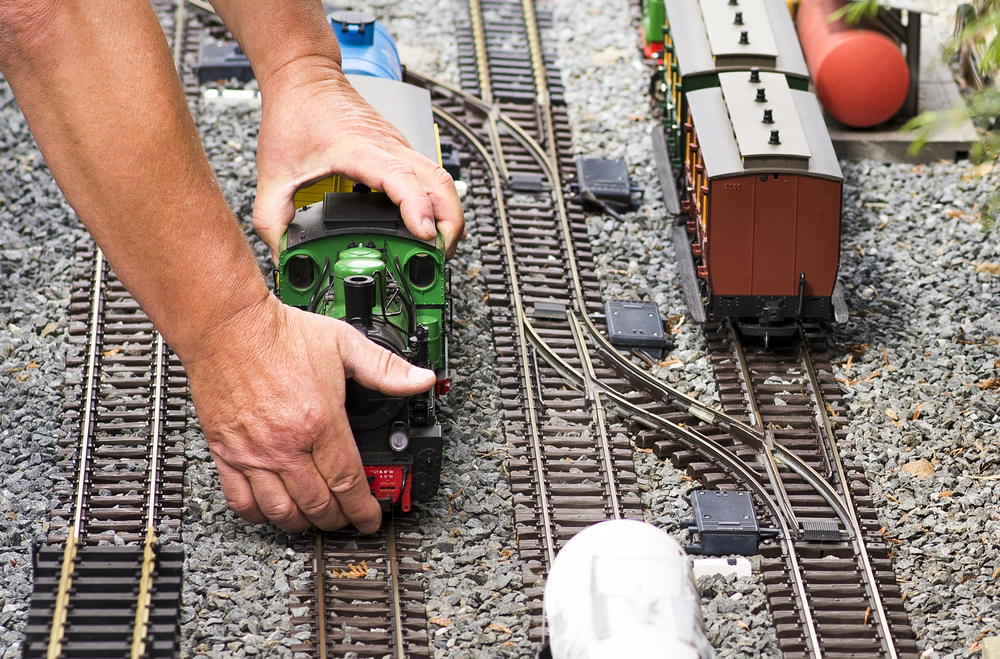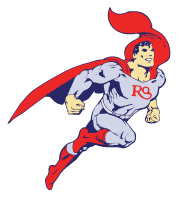Creating your first model railway may be a very creative and fulfilling project. Whether your level of experience is that of a total novice or a seasoned enthusiast, stepping into the world of model railroading is an opportunity to combine design, artistry, and a passion for trains into a little universe of your own making. These ideas will assist you in developing and creating your model railway.
1. Plan Your Layout
Plan your layout sometime before you begin building scenery or installing tracks. Think about what sort of railway you want to develop using the area you have at hand—a tiny table or a whole room. Do you see a busy metropolitan setting, a calm countryside, maybe a historical recreation? Visualise and change your track layout by drawing your ideas on paper or using online design platforms.
2. Choose Your Scale and Era
There are many sizes for model railroads; the HO scale is one of the most often used as it strikes a mix of space requirements and detail needs. While the O scale provides more extensive, detailed trains but needs more area, the N scale is smaller and ideal for compact layouts. < Choose the scale that fits your tastes and available area. Find a period for your railway as well; contemporary, steam, or anything else can help you find suitable trains, buildings, and scenery.
3. Start with a Basic Kit
Beginning with a model railway kit may be a terrific approach for novices to get familiar with the pastime. Often providing everything you need to create a tiny layout, these kits include tracks, locomotives, and simple scenery supplies. They provide a solid basis for learning fundamental skills such as track laying, wiring, and scene building.
4. Learn Basic Model Railroad Techniques
Learn basic skills like these:
- Track laying calls for dependable connections, correct spacing, and seamless bends.
- Wiring: Learn how to connect your track for lights and switches and two power and control accessories.
- Scenery: Experiment with realistic scene creation using materials like model grass, foam, and plaster.
- Weathering: Apply weathering methods to replicate wear and tear, improving the realism of your trains and buildings.
5. Join Model Railroad Communities
Joining model railroad clubs or online forums can significantly help and inspire you. Fellow hobbyists can offer advice, share their experiences, and solve typical problems. They may also plan events where you may learn advanced technologies and view other layouts for ideas.
6. Start Small and Expand
Don’t feel pressure to produce large-scale masterwork immediately. Start with a simple, reasonable layout that you can finish quite fast. As you develop confidence and expertise, your railway may grow with increasingly complex features, scenery, and more tracks.
7. Budget Wisely
If you start small and then progressively grow, model railroading may be a reasonably priced pastime. Plan your first setup’s expenses and, if feasible, consider buying used tools or supplies. Since realistic operation depends on excellent track and rolling stock, invest in them.
8. Experiment and Have Fun
Model railroading is, above all, about Fun and ingenuity. Try many layout scenic approaches, as well as train running strategies. Making errors is natural; they are part of the learning process. Experience the delight of witnessing your little world come to life and the trains operating flawlessly over your painstakingly created environments.
Ready to Get Started?
Creating your first model railway is a trip combining enthusiasm for trains, imagination, and artistry. By carefully planning, mastering fundamental methods, and interacting with the model railroad community, you may design a layout reflecting your vision and provide hours of pleasure. The secret is to start small, learn as you go, and, most importantly, have fun along the process!


